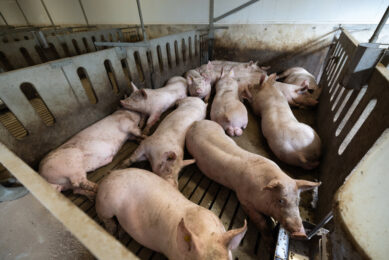New insights in climate change and its effect on crop yields

Scientists now have a new tool to predict the future effects of climate change on crop yields.
Sciencedaily reports that researchers from the University of Illinois are attempting to bridge 2 types of computational crop models to become more reliable predictors of crop production in the US corn belt. The research team implemented and evaluated a new maize growth model, represented as the CLM-APSIM model, by combining superior features in both Community Land Model (CLM) and Agricultural Production Systems sIMulator (APSIM).
New tool
The researchers say that that they chose CLM as the hosting framework to implement the new model because it is more process-based and can be coupled with climate models.This is important as the new tool can be used to investigate the two-way feedback between an agroecosystem and a climate system in our future studies.
Innovative improvements
In addition to replacing the original maize phenology model in CLM with that from the APSIM model, the researchers have made several other innovative improvements in the new model. A new carbon allocation scheme and a grain number simulation scheme were added, as well as a refinement to the original canopy structure scheme. “The most alluring improvement is that our new model is closer to getting the right yield with the right mechanism,” says Bin Peng, a postdoctoral researcher in Guan’s lab and also the lead author.











